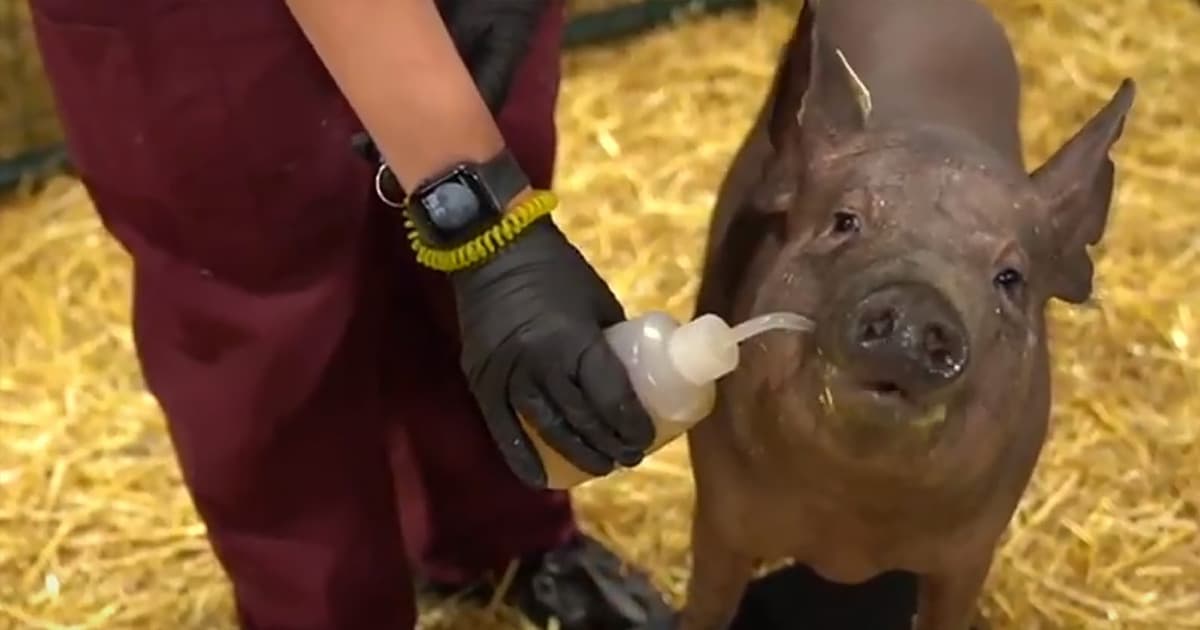On Friday, SpaceX and Tesla CEO Elon Musk demonstrated the Link device, a prototype built by his secretive brain-computer interface company Neuralink.
The demo involved three live pigs, only one of which actually had a Neuralink device in its brain. Musk made a lot of bold claims during the event, according to MIT Technology Review, like Neuralink someday treating blindness and paralysis, as well as being used for entertainment or somehow connecting to an AI hivemind. Needless to say, many experts said demo amounted to a whole lot of fluff with very little substance.
if you are a programmer or ever used any kind of software in your life, the idea of having software connected directly to your brain is the most terrifying thing imaginable #neuralink
— the artist formerly known as ansdor (@ansdor) August 28, 2020
Musk, who previously made the baffling and insensitive claim that Neuralink could "solve" Autism spectrum disorder, even went as far as saying that customers could use a Neuralink implant to play video games or summon their Tesla.
But there's a whole lot of medical science that needs to happen before the devices go into a single person's brain, MIT Tech Review reports. While Musk boasts about Neuralink's ability to drill and implant tiny wires into the brain, neural implants tend to kill surrounding brain cells and cause even further damage when they inevitably break down.
"I would say this is solid engineering but mediocre neuroscience," Newcastle University neuroscientist Andrew Jackson told BBC News.
Before everyone gets too excited about the @elonmusk Neuralink demo here’s what Prof Andrew Jackson, Professor of Neural Interfaces, Newcastle University, says: “this is solid engineering but mediocre neuroscience” pic.twitter.com/R7AlLfX84R
— Rory Cellan-Jones (@ruskin147) August 30, 2020
Aside from the lack of evidence that Neuralink can live up to any of Musk's medical claims, MIT Tech Review reports that Neuralink's grand pig demonstration showcased decades-old technology.
During the demo, a machine played noises as the link recorded brain signals, something that scientists have done — to humans — in the lab since the 1920s.
READ MORE: Elon Musk’s Neuralink is neuroscience theater [MIT Technology Review]
More on Neuralink: People Are Begging Elon Musk To Drill Holes in Their Skulls
Share This Article
